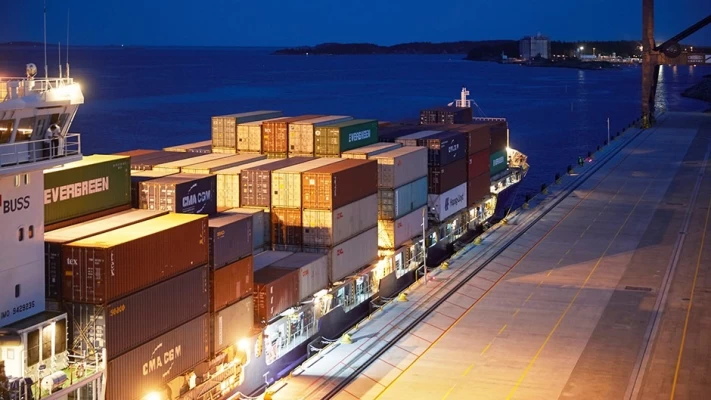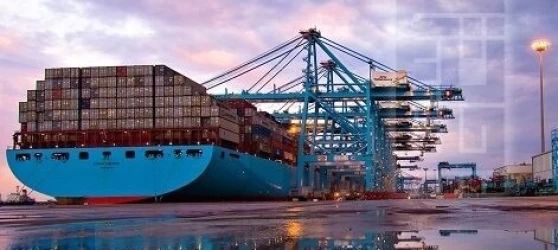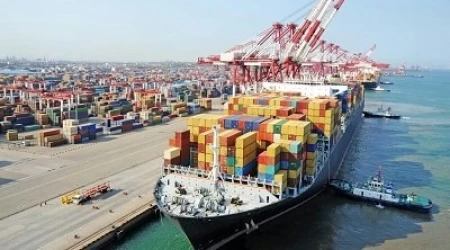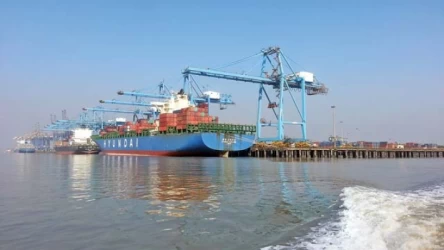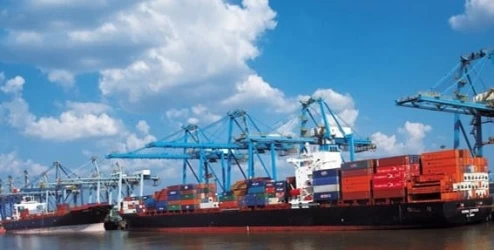Sea freight in the port of Stockholm
The Port of Stockholm is a pivotal maritime transportation hub in Northern Europe and the capital of Sweden. Its strategic location on the Baltic Sea makes it a key point for shipping routes, connecting Sweden with other European countries and global markets. This article explores the importance of the Port of Stockholm, its infrastructure, economic impact, challenges, and future opportunities.
Historical Background
The history of the Port of Stockholm dates back to the Middle Ages when it served as a significant trading post. Over the centuries, it has evolved into one of the busiest ports in the Baltic Sea, playing a crucial role in Sweden's trade and economic development. In recent decades, modernization and infrastructure enhancements have positioned Stockholm as an advanced maritime transportation center connected to international networks.
Infrastructure and Facilities
The Port of Stockholm boasts modern infrastructure and facilities that facilitate the movement of goods and passengers efficiently.
- Container Terminals: The port is equipped with state-of-the-art container terminals capable of handling large volumes of cargo. These terminals are continually being upgraded to meet the increasing demands of the global market.
- Road and Rail Connectivity: The Port of Stockholm is well-connected to road and rail networks, enabling rapid transportation of goods to inland areas and linking it to other parts of Europe.
- Advanced Equipment: The port utilizes advanced equipment for loading and unloading cargo, optimizing port operations and reducing turnaround times.
Economic Role of the Port of Stockholm
The Port of Stockholm plays a significant economic role in Sweden and the Baltic region. It facilitates the annual movement of millions of tons of goods and serves thousands of passengers, making it one of Sweden’s economic engines.
- International Trade: The Port of Stockholm is a major hub for maritime trade in the Baltic Sea, serving as a gateway for the import and export of various goods, including raw materials and industrial products.
- Cruise Tourism: The port is a primary destination for cruise ships, attracting thousands of tourists annually. Stockholm is considered one of the most beautiful cruise destinations in Europe, contributing significantly to the tourism industry.
- Job Creation: The port creates direct and indirect employment opportunities across various sectors, including transportation, logistics, port services, and tourism, thereby supporting regional economic development.
Challenges and Issues
Despite its vital role in the economy and trade, the Port of Stockholm faces several challenges that require attention and solutions.
- Climate Change: Rising sea levels and climate-related changes pose potential risks to port operations. Developing resilient infrastructure that can withstand climate impacts is essential for the port's future.
- Traffic Congestion: Increased cargo and passenger volumes have led to traffic congestion within and around the port, necessitating effective management and the development of transportation infrastructure.
- Environmental Concerns: Port activities contribute to environmental challenges, including air and water pollution. Implementing sustainable practices to mitigate these impacts is crucial.
Future Opportunities and Developments
The Port of Stockholm has numerous opportunities for growth and development in the future. Investing in port infrastructure, improving logistics technologies, and adopting sustainable policies are key strategies to enhance its capabilities.
- Sustainable Development: The port is increasingly investing in green technologies and sustainable practices to minimize its environmental footprint. Utilizing renewable energy sources and optimizing energy consumption are vital steps.
- Digitalization and Automation: The port is focusing on digital technologies and automation to improve the efficiency of port operations and reduce costs. Innovations in supply chain management and cargo tracking will significantly enhance operational effectiveness.
- Capacity Expansion: With the growth of international trade, the Port of Stockholm has plans to expand its capacity for accommodating larger vessels and increasing cargo throughput. Building new terminals and enhancing transportation infrastructure are part of this strategy.
Conclusion
The Port of Stockholm stands as one of the most important maritime transportation hubs in the Baltic Sea, playing a crucial role in maritime transport, international trade, and tourism in Sweden. Despite the challenges it faces, the port's ongoing investments in infrastructure and sustainable practices position it well for continued growth and development. The future of the Port of Stockholm looks promising, ensuring its status as a vital maritime gateway in Europe.
If you have any specific questions or need further assistance, feel free to ask!

